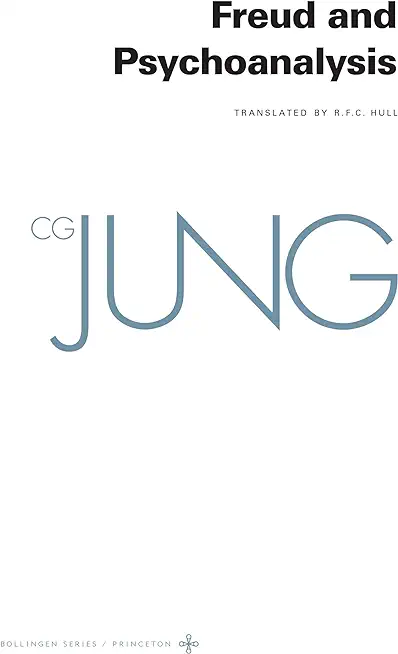
Bonfini, Jayna
This practical casebook for graduate-level programs in mental health masterfully demonstrates how to put the DSM-5 into practice. It is designed to help students understand why a particular diagnosis is given based on the individual client's specific background and personal history. This book is distinguished from other casebooks through the presentation of complex, real-life case studies that discuss pairing the DSM-5 criteria with symptomatology and offers in-depth analyses of treatment interventions and client management. Each case is consistently formatted to include an overview of the client, symptoms/problems, diagnosis, and treatment interventions, including components, applications, and results/prognosis. Readers will have an opportunity to formulate their own reactions and diagnostic impressions for each case before the commentary reveals the correct conclusion. An ideal text to enhance courses in psychopathology and diagnosis, as well as practicum and internship, the casebook will diversify and broaden the classroom experience by enlightening students with compelling clinical cases that have been experienced by practicing professionals.
The second edition has been expanded to feature additional cases for each category, a more detailed table of contents to better organize the book around disorder categories, additional discussion questions for each case, as well as a final review chapter, making this text a helpful supplement to a variety of undergraduate and graduate courses. By fully exploring the rationale behind diagnostic criteria, the book provides trainees in counseling, marriage and family therapy, counseling psychology, and social work an opportunity to examine their own ideas on symptom presentation, diagnosis, and treatment planning with a full complement of disorders and conditions covered in the DSM-5. Purchase also includes digital access for use on most mobile devices or computers.
New to the Second Edition:
- Presents additional cases in each diagnostic category
- Reorganizes table of contents to facilitate easy access to diagnostic categories
- Presents cases with expanded range of settings for a diverse mental health workforce
- Dedicated chapter on Cultural Considerations in Treatment
- Contains additional discussion questions and notes to promote critical thinking
- Presents a new final review chapter that can serve as an assessment
Key Features:
- Encompasses in-demand DSM-5 content for all helping professions
- Provides breadth and depth of coverage including multiple cases in each DSM-5 category
- Covers symptoms, diagnosis, and treatment planning
- Follows a consistent format in each chapter for ease of use
- Structures cases so students can apply DSM-5 criteria and understand why and how to make diagnosis based on symptom presentation
- Considers cultural and social implications in each case
- Includes diverse range of evidence-based treatment recommendations







